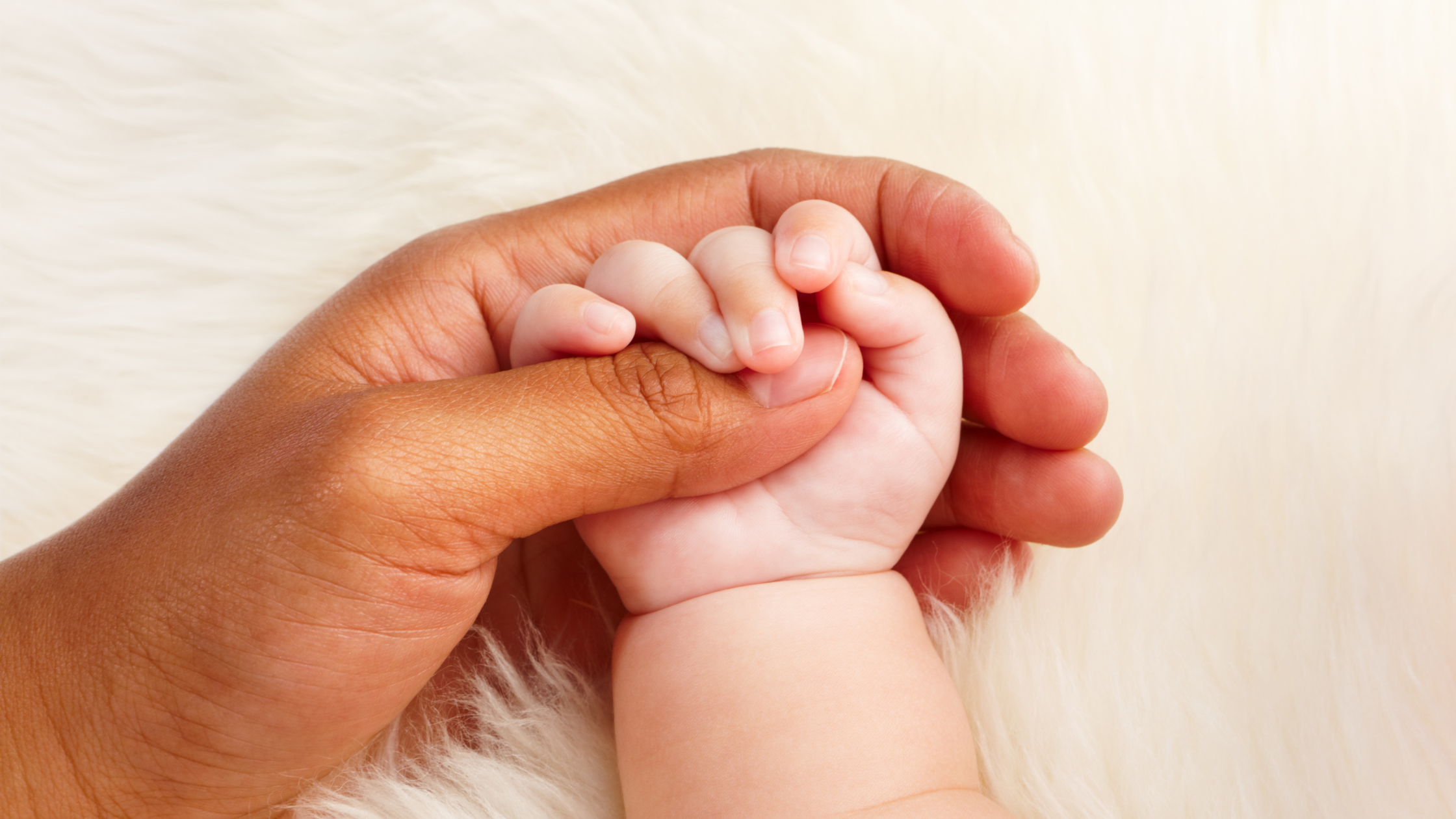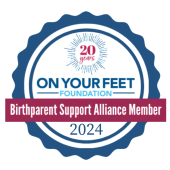A Guide to Preparing an Adoption Plan as Expectant Parents

As expectant parents making an adoption plan, it can often feel like you’re putting together a complicated puzzle with lots of different pieces. Each choice you make, each step you take, is a part of creating a clear picture of what you want for you and your child’s future.
In this guide, our goal is to help you put these pieces together with confidence. We’ll talk about what steps you need to take in the adoption process, explain what goes into an adoption plan, and discuss the concept of openness in adoption. If you’re ready, let’s go over the process together, one step at a time.
What is an Adoption Plan?
When making an adoption plan, you will consider every aspect of the adoption, from the kind of family you dream of for your child, to how much contact you’d like to keep with them, and even your preferences for your stay in the hospital during childbirth.
Creating an adoption plan allows you to have control over the process, making sure your desires are honored at each step. Working hand in hand with an adoption professional, you’ll choose a plan that truly reflects what you hope for in your child’s future.
What Are the Steps of the Adoption Process?
Before we discuss how you can create an adoption plan that best suits your needs, it’s important to understand the adoption process.
As expectant parents, you may be dealing with different thoughts and emotions during this time. You may feel confused, scared, and overwhelmed. You may also have feelings of guilt and shame, as well as the stress that naturally comes with the adoption process. Know that these feelings are understandable. Gaining an understanding of each step can help reduce anxiety and make the process more manageable. Here are the steps to consider:
1. Decision Making: The first step in the adoption process is deciding whether adoption is the best choice for you and your child. This decision requires careful consideration of several factors such as your capability to provide for a child, and the emotional readiness to take on the responsibilities that come with parenting. This is a deeply personal decision, and there’s no right or wrong answer. It may be helpful to consult with professionals, family, or friends to gain different perspectives before making your choice. However, you are the only one that can truly know if it is the right decision for you and your child.
2. Choosing an Adoption Agency: The next step involves choosing an adoption agency or professional who can guide you through the process. It’s vital to research different organizations, ask pertinent questions, and choose one that aligns with your needs and values.
3. Creating an Adoption Plan: After selecting an adoption professional, you’ll work together with a counselor to create your adoption plan. As you create your plan, you will determine your preferences and expectations throughout the adoption process.
4. Finding an Adoptive Family: Your adoption counselor will assist you in finding a prospective adoptive family that matches your criteria. You’ll have the opportunity to review profiles, meet potential families, and make your selection based on your comfort level and preferences.
5. Pre-Placement Contact: Before placement, you may choose to establish contact with the prospective adoptive family. This communication might involve phone calls, emails, or in-person visits. Whatever you are most comfortable with.
6. Placement: Placement is when you officially decide to choose adoption for your child. You will sign the legal paperwork indicating your desire for your child to be adopted by the family you have chosen. The details of this step, including timing and paperwork, will depend on your individual circumstances, location, and adoption plan.
What is Openness in Adoption?
- Closed Adoption: In a closed adoption, there is no contact between birth parents and the adoptive parents or child after the adoption. The records are sealed, and the adopted child may not have access to their birth information.
- Semi-Open Adoption: A semi-open adoption allows for some degree of contact, often through a mediator like the adoption agency. There might be exchanges of letters, photos, and updates about the child, but typically no direct contact or identifying information shared.
- Open Adoption: Open adoption involves a level of direct contact between the birth parents and adoptive family. It can include in person visits, phone calls, emails, or social media interaction. The extent of openness can vary greatly depending on the comfort level and agreement between everyone involved.
Connect with ACFB for More Information
Adoption requires courage and careful planning. At the Adoption Center for Family Building, we understand the emotional complexities involved and are here to support you every step of the way. If you’re just starting to think about adoption or are already prepared to begin making your adoption plan, our team of compassionate professionals is here to guide you.
Please reach out to us at (800) 869-1005 to learn more about our services and how we can assist you in creating a thoughtful adoption plan that respects your wishes and provides the support you deserve.





